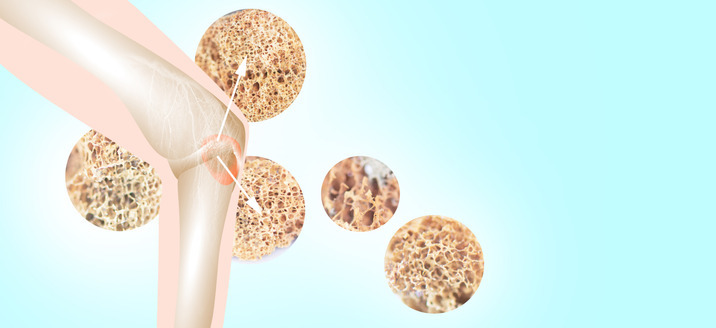Introduction:
Maintaining optimal bone health becomes a growing concern as we age, primarily due to the natural aging process and the associated loss of bone density. Osteoporosis, a condition characterized by thin, fragile, and brittle bones, is prevalent among individuals as they advance in age. In this article, we aim to shed light on osteoporosis, its causes, and the pivotal role that physiotherapy can play in strengthening bones and preventing related ailments.
Why do People Develop Osteoporosis?
Various factors contribute to the development of osteoporosis, including age, gender, and lifestyle choices. Additionally, deficiencies in vitamin D and calcium, as well as physical inactivity, can cause significant damage to bone health. Inadequate levels of calcium and vitamin D deprive the bones of essential nutrients needed for their strength and integrity. Moreover, physical inactivity, even among individuals who maintain an otherwise active lifestyle, can lead to muscle weakness and compromised bone strength. Fortunately, physiotherapy offers valuable assistance in bone strengthening, preventing bone thinning, and improving overall strength and endurance.
The Role of Physiotherapy in Osteoporosis Management:
1. Exercise for Bone Strengthening:
One of the key elements of physiotherapy in managing osteoporosis is the prescription of exercises specifically designed to target bone strengthening and muscle activation. Physiotherapists devise exercise regimens that are suitable for individuals of different age groups and levels of risk. For older adults who are at risk of osteoporosis, low to medium impact activities such as walking, yoga, and upper and lower body strength exercises prove beneficial. On the other hand, young adults approaching their 40s and 50s, who are prone to early bone density loss, may engage in moderate to high impact activities like walking, jogging, cycling, and resistance training.
2. Nutrient-Rich Diet:
A well-balanced diet is crucial for maintaining healthy bones. Consulting a dietician and nutritionist can help in developing a diet plan that is rich in calcium and vitamin D. It is important to incorporate foods with anti-inflammatory properties, such as tomatoes, ginger, turmeric, green leafy vegetables like spinach and kale, nuts such as almonds and walnuts, and fruits like oranges and berries. Additionally, adequate exposure to sunlight is essential as it aids in the synthesis of vitamin D in the body.
3. Physiotherapy for Mobility and Functional Ability:
Physiotherapists play a vital role in improving mobility, endurance, and functional ability through tailored exercises. Elderly individuals, in particular, benefit from physiotherapy interventions that focus on improving their walking ability and overall well-being. Encouraging them to engage in daily walking routines and prescribing exercises that enhance balance and coordination can significantly contribute to their quality of life.
4. Conservative and Invasive Methods:
The management of osteoporosis often involves a combination of conservative and invasive approaches. Physiotherapists assess the degree of bone degeneration and guide patients towards the most suitable management strategies. These strategies may include a combination of exercise, medication, and lifestyle modifications to effectively manage and prevent further deterioration of bone health.
5. Technological Advancements in Physiotherapy:
The field of physiotherapy has witnessed remarkable technological advancements that further enhance its effectiveness in managing osteoporosis. At Physio Active, we utilize cutting-edge technology such as the ALTER G® Anti-Gravity Treadmill, which aids in strength rebuilding and increases walking endurance while minimizing pressure on lower body joints. This technology is particularly beneficial for individuals recovering from injuries or surgeries, allowing them to engage in rehabilitation exercises with reduced risk of joint strain.
Conclusion:
Osteoporosis is a condition that can be effectively managed through prevention and lifestyle modifications. Physiotherapy plays a crucial role in identifying and addressing the symptoms of osteoporosis through tailored exercises and activities. Seeking professional advice and guidance from a physiotherapist, in conjunction with maintaining a nutrient-rich diet, can significantly contribute to bone health. It is essential to consult specialists for a proper diagnosis and treatment, as physiotherapists can help identify the root cause of the ailment and develop personalized treatment plans.
Physio Active is dedicated to assisting individuals in managing osteoporosis symptoms through prevention and lifestyle modifications. Our team of experienced professionals provides expert guidance on exercises and activities tailored to meet your specific needs. Take the first step towards a healthier life by reaching out to us today. Remember, your bone health matters, and we are here to support you on your journey!


